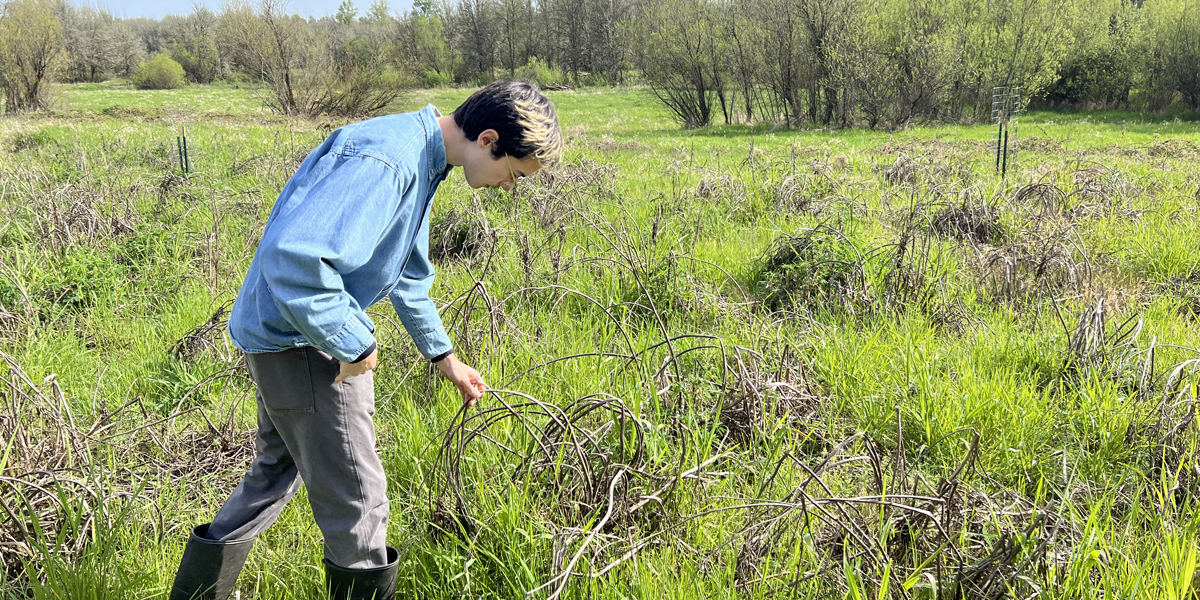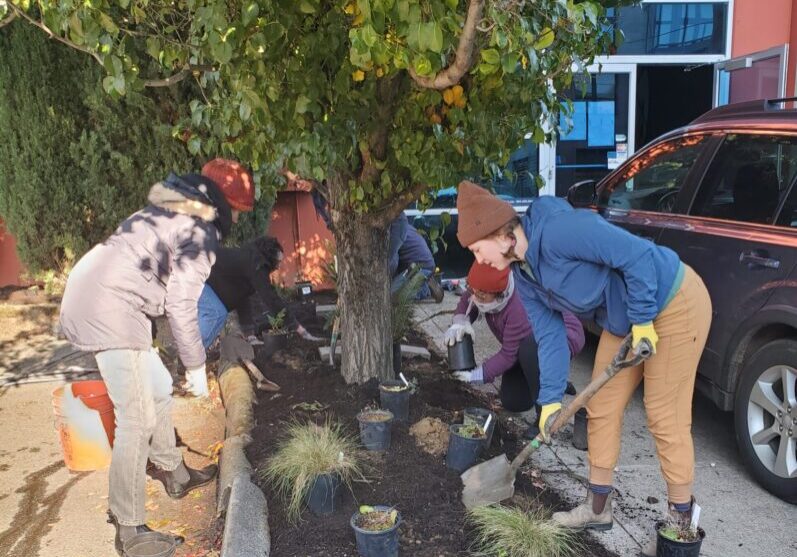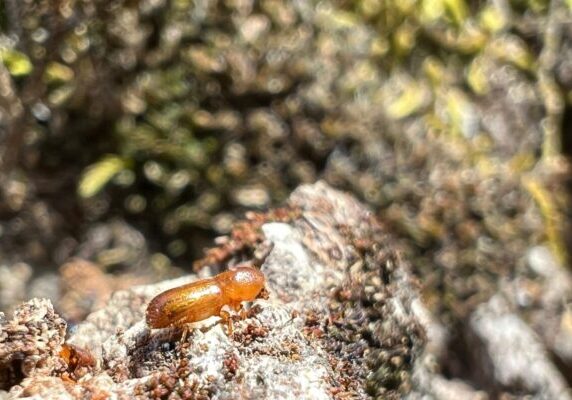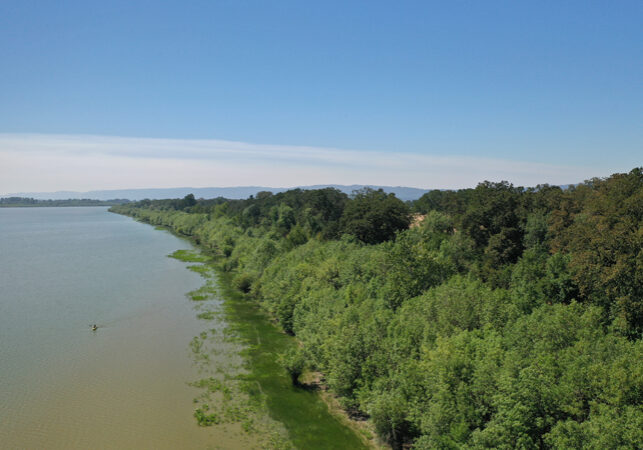By Jordan Delawder
As a Field Conservation Intern with West Multnomah SWCD, I have ample opportunities to learn from the land itself, having direct encounters with the air, water, soil, and numerous beings that dwell therein. I spend most of my days outside, observing, asking questions, or using my hands. There’s never a dull moment, and every day is different. Although my internship is just beginning, I have already worked on a handful of engaging projects and gotten a taste of the various programs that the District offers.
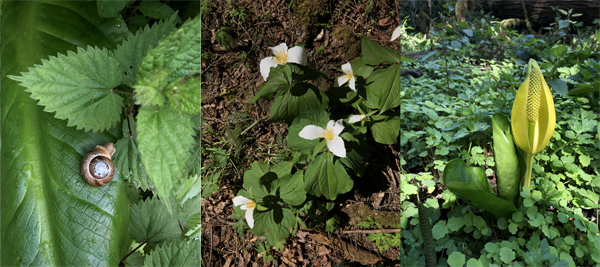
Since it’s spring, the majority of my time is devoted to EDRR (Early Detection and Rapid Response) invasive plant control. Shadowing my wonderful mentors, Ari and Michelle, I have learned how to identify high-priority invasives along with their native counterparts, and how to tell them apart. The number one culprit is Garlic mustard (Alliaria petiolata), but at this point in the season, we are also keeping an eye out for lesser celandine (Ranunculus ficaria), spurge laurel (Daphne laureola), and knotweed (Polygonum sp.). Before doing this work, I mostly saw a “green blur” of nondescript weeds, but now, I see discreet plants with names and ecological contexts. When we encounter invasive plants at a site, we determine the best method of removal. We then record the prevalence of these species on a geospatial database so that they can be better managed the following year.
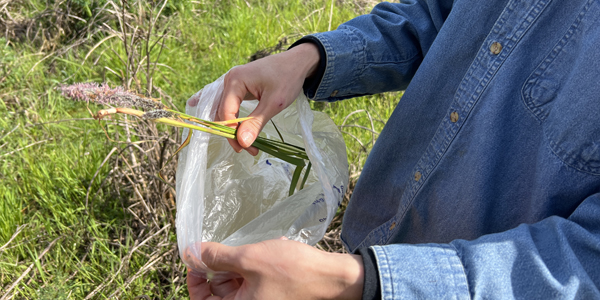
Occasionally, I tag along with staff members to conservation sites within the district. Some of the sites have not previously had a management plan and require us to have conversations with the property manager or owner. We work with them to determine their goals and then craft a conservation plan that suits their needs. I enjoy chatting with these folks, because they often have long-term relationships to the places where they live. They share stories and casual forms of ecological knowledge that can only come from extended observation. Other sites are part of ongoing restoration projects, many of which took years of planning and patience. Seeing examples of successful restoration efforts firsthand has been inspiring and nudged me to learn more about the underlying theories and processes behind this work.
Luckily, the District supports interns with educational opportunities, including workshops related to our interests. Most recently, I attended a Wetland Delineation field practicum, which was not only a delightful day sloshing around in waders, but also a chance to gain hard skills that can serve me in my future career in conservation.
At the end of the day, I feel gratified knowing that I contributed to meaningful conservation efforts in the Portland community alongside an exceptionally kind and passionate team. It has been a pleasure interning with WMSWCD, and I can’t wait to see what the rest of the season brings.
